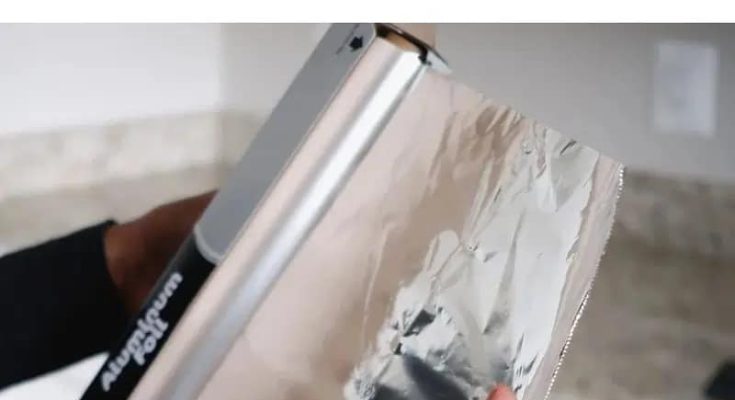If you’ve ever used aluminum foil, you might have noticed something curious: one side is dull, while the other is shiny. For a long time, this difference has sparked debates in kitchens all over the world. Is one side better for cooking? Does it matter which side faces up or down? The truth might make you surprised.
Let’s discover why aluminum foil has this dual-sided finish and whether it affects how you use it.
How Is Aluminum Foil Made?
Foil starts as a massive slab of aluminum, which gets rolled into thinner and thinner sheets. By the end of the process, the aluminum is so thin that it becomes fragile. In order to prevent tearing, manufacturers roll two sheets together at the final stage.
Here’s the twist: while the side that touches the rollers comes out shiny, the side sandwiched between the two sheets turns dull. That’s it—it’s a purely mechanical result of the manufacturing process. No special coatings, no secret treatments, just physics.
Does the Shiny Side Cook Better?
One common myth about aluminum foil is that the shiny side reflects heat better, so you should face it toward your food. Though that might sound logical, it’s not actually true. The difference in reflectivity between the dull and shiny sides is so minor that it has no noticeable impact on cooking.
Whether you’re covering a dish for the oven or wrapping a potato to bake, you can use either side of the foil without affecting the outcome. The shiny-versus-dull debate is more about aesthetics than performance.
What About Food Safety?

This is another question people often ask. Whether one side of the foil is safer for food contact? The good news is that both sides of aluminum foil are food-safe. There’s no chemical difference between the shiny and dull sides. So, whether you’re freezing leftovers or grilling veggies, you don’t need to worry about which side touches your food.
However, please that foil shouldn’t come into contact with highly acidic foods, like tomato sauce or citrus, for extended periods. Acid can cause the aluminum to break down slightly, leaving behind a metallic taste—or even tiny amounts of aluminum in your food.
When Does the Side of Foil Actually Matter?
There’s only one situation where the shiny-versus-dull sides of foil make a difference: non-stick foil. This specialized type of foil has a coating on one side, and the dull side is usually marked as non-stick. In this case, you’ll want to follow the packaging instructions to ensure you’re using it correctly.



